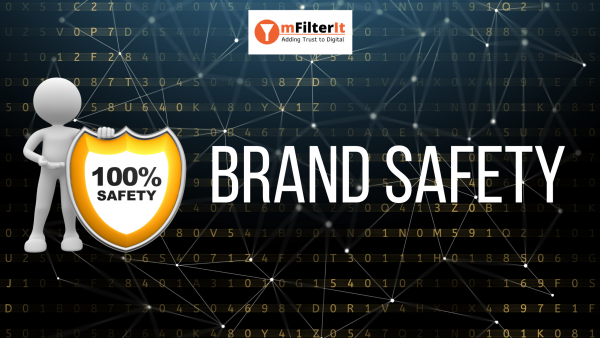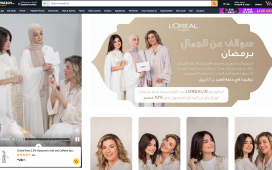By Dhiraj Gupta, CTO and co-founder, mFilterIt.

Covid-19 has fast-forwarded the digital journey. The narrative of digital-first and going digital is getting restructured as digital-only in many cases where the brands now have all the confidence in the digital medium, capable of an effective channel for communication as well as commerce.
This is a paradigm shift as it is making value chain leaner and brands are getting an opportunity to go-direct with their customers. There are several businesses where the producer would never get connected with the consumer as the multiple layers of channels would dilute this connect and create an opaque layer in between.
Brands will have to however realign their digital advertising with this trend requiring them to regularly interact and keep the channels nourished to have a strong bond with the consumers. For making it a real D2C experience, brands will have to consistently communicate with consumers and keep the engagement on. This can only be done by engaging various publishers who regularly feed content of varied interest to the target audience of a brand. The other thing which will elate D2C experience is engaging with consumers in vernacular content meaning a lot of reliance on video-based advertising. Hence, a lot of regionalisation in digital advertising.

Along with these essentials, advertisers will also have to be conscious of how their brand is getting positioned before customers as any single misrepresentation could take away several potential customers for a lifetime. It would need humongous persuasion from brands to nullify the impact of any brand safety issue and convince customers to re-engage.
The Middle East is unique in many ways. One of the peculiarities of the region is its heterogeneous demographic composition where one would find people from almost all major cultures and diversities. This means advertisers in the region must ensure that they are conforming to the cultural and other values of such a diverse range of people. This is not easy, as brands in such an environment are highly susceptible to brand safety challenges. What might be okay with western expats might not auger well with local Arabs or Arab expats. Similar, crossroad situations can occur for other communities as well.
Advertisers would want to expand and increase their connection with the consumers as the D2C trend gains momentum and we see every historically B2B2C business value chain reinventing as a B2D2C (Business to Digital to Consumer) brand. For this, while the criteria will still prevail on the quantitative aspects like reach, engagement, etc., the qualitative measures including the safety of the publisher will also be evaluated. Brands would want to be unambiguously sure about the safety of their brand by associating with a publisher. So, there will be a diligence measure of publishers done to ascertain the safety quotient of these potential publisher partners to select the ones offering the safest engagement.
Recognising this at an early stage, mFilterIt has pioneered in a complete stack of Brand Safety solutions developed with complete regional integration resulting in one of the safest and secure vault around a brand in the digital ecosystem. Developed using deep penetrating algorithms, mFilterIt brand shield protects from a range of brand safety issues in real-time. These include:
- Paid Search monitoring where an affiliate partner could also be bidding on the brand keywords stealing the organic traffic.
- Brand Infringement in which fake, and lookalike websites are hunted and identified to ensure users buy real products and services from real online stores.
- YouTube Brand Safety solution which blacklists channels promoting violence, hatred, controversy, or profanity as well as specific content which doesn’t resonate with a specific brand’s virtues.
- Incent activity and APK monitoring to keep an eye on the incentive programmes being run in the name of a brand. The solution also monitors the parallel app stores (Non-OS) where a tampered version of the APK might be available with malicious code injected.
- App creative monitoring and Ad monitoring solutions for a check on the ad copies as well as the wide inventory of ads being executed through a galaxy of agencies.
- Cashback / Referral activity monitoring to identify the fake promises being made in the name of a brand without their approval and consent.
This array of complete Brand Safety package from mFilterIt gives an advertiser complete view and control of the ads and other communications being run digitally to engage consumers so that they know how their brand is being represented before the relevant audiences. While digital advertising might appear to be complicated at times and with trends like D2C, the challenges only compound, one good inherent advantage is that the advertiser can achieve greater control and visibility to the last mile if proper tools and solutions are put in place with the intent of delivering the brand rightfully to the consumers.
If you have any query on Brand Safety, visit mFilterIt’s complete stack of solutions or write to [email protected] to set up an appointment with its Brand Safety advisors.









